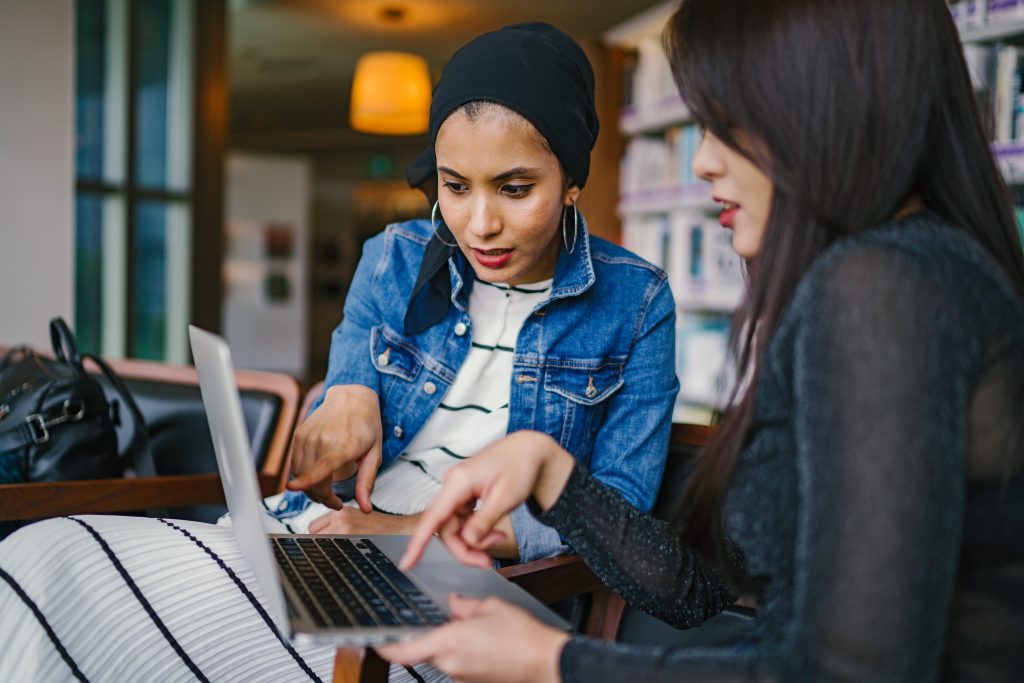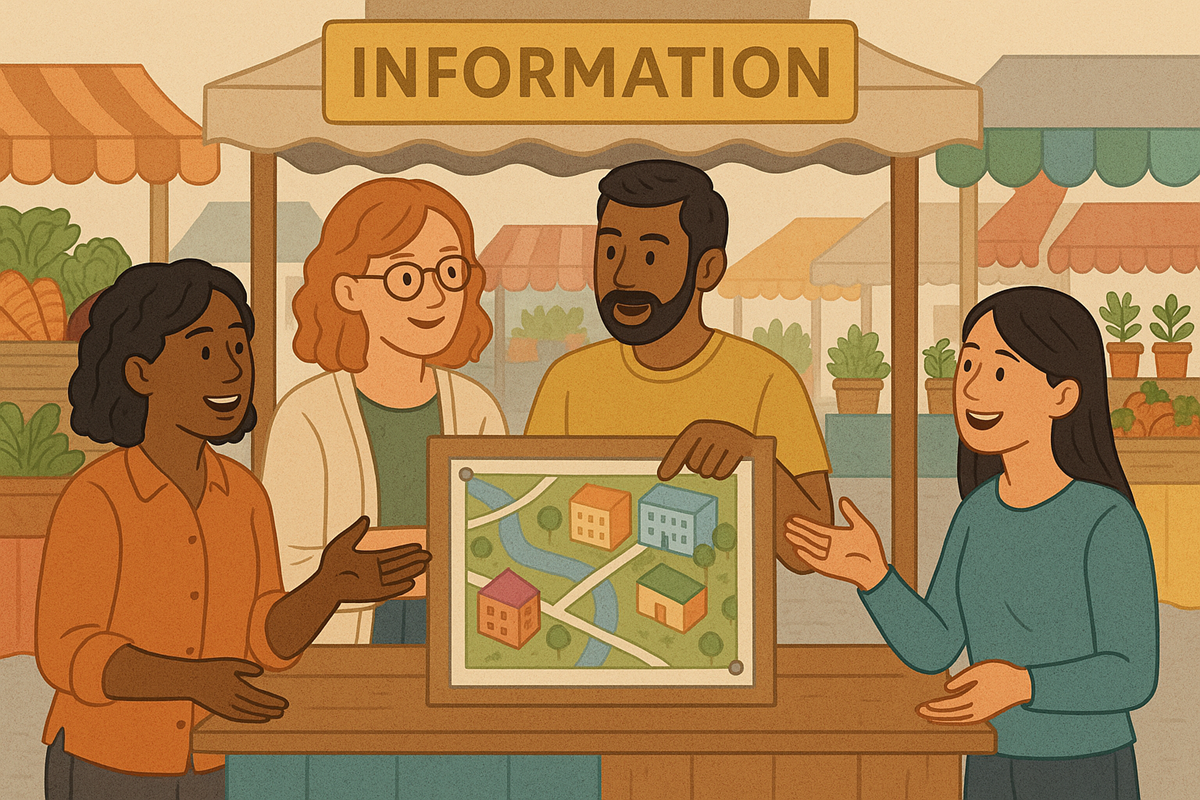Covid-19 has not just changed our everyday life, but also impacted urban planning. By transforming cities, for example through pop-up bike lanes, and by stopping in-person participation and community engagement, the virus is creating new parameters for cities.
In this article, I’ll present some options for continued community engagement despite physical distancing. Of course, digital tools do not offer the same experience as a personal discussion does, but they can provide transparency and inclusion.

In order to continue engaging communities, we have to find ways of how to keep up participatory planning initiatives. Experts recommend a combination of online tools and small groups working together, combining various communication channels and also setting up new methods for future participation – let’s be honest, many public meetings and hearings are a bit outdates.
Considering Arnstein’s ladder of participation, here are some ideas for participatory planning and continuous community engagement during a pandemic such as Covid-19:
- Inform: use tools such as social media, (paid) advertising and webinars, as well as newsletters, 3D visualisations, blog articles and SEO for your website
- Consult: make use of online surveys, poll and comment functions, focus groups, telephone calls and trends research; you can also consider gamification of certain topics
- Involve: consider Facebook Lives, video conferences, online voting, e-mails and softwares as engagement hubs
- Cooperate: rely on document sharing, discussion threads and chats, working sessions and 1-on-1 sessions; additionally, tools for 3 D mappings, insights mapping and virtual whiteboards can help co-design on the internet
- Empower: support collective decision making through the use of augmented reality, virtual neighbourhood platforms and participatory budgeting tools
For more on the etiquette of digital participatory meetings, consult these best practice slides from Salt Lake City’s Engagement Team. Additionally, the Canadian participation expert forum on participation, IAP2, has shared this webinar on how to best organise digital community engagement meetings:
While experts agree that not all participation can and should happen online, in times of quarantine there might be no other choice. We should use this opportunity for establishing processes and mechanisms that really enable community engagement and participatory planning, so that we can improve even once the pandemic is over.
For many hands-on ideas that can serve citizen groups as well as planning offices and local governments, I can really recommend this free resource for participatory planning during Covid-19 by the Urban Design Collective:
Now is also the time to look into tools that enable virtual community engagement and work for (almost) everyone. Depending on where you are based, there might be great local tools in your language. For English, here are some examples of tools for participatory planning:
- Zoom and similar virtual meeting rooms
- Facebook and Instagram Lives
- Community engagement softwares such as Public Input
- Adhocracy Plus for democratic collaboration
- SurveyMonkey for polls and surveys
- Maptionnaire for map-based surveys
- Mural for creative team thinking
Do you know any other important tools for virtual community engagement? Feel free to leave a recommendation in the comments!

Lastly, it is important to keep in mind that even though digital participation in planning can be very transparent and inclusive, we still face many of the old problems with participation, as well as some additional ones. Therefore, you should do your best to make sure to bridge the digital divide, include as many people as possible and communicate in an honest, engaging and simple way.










One Response